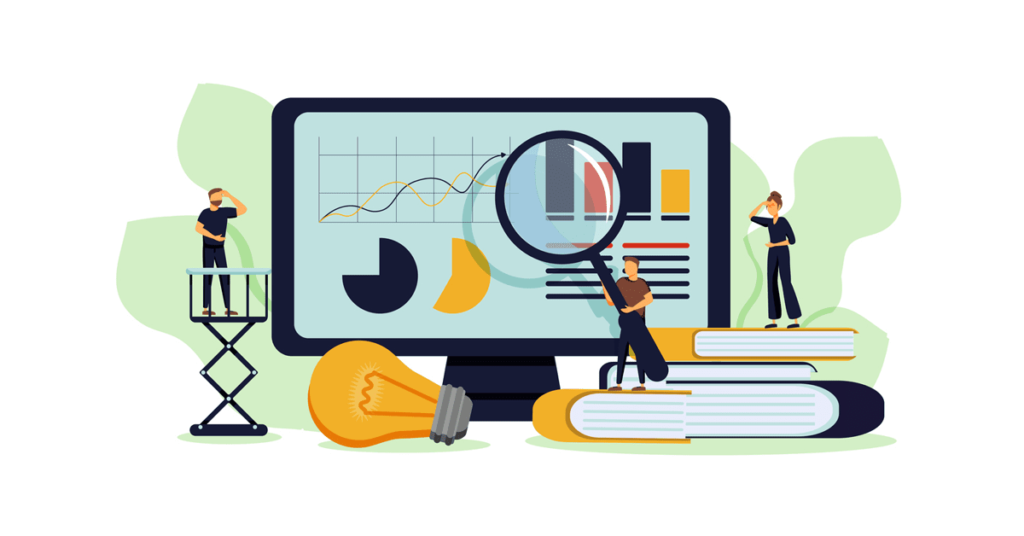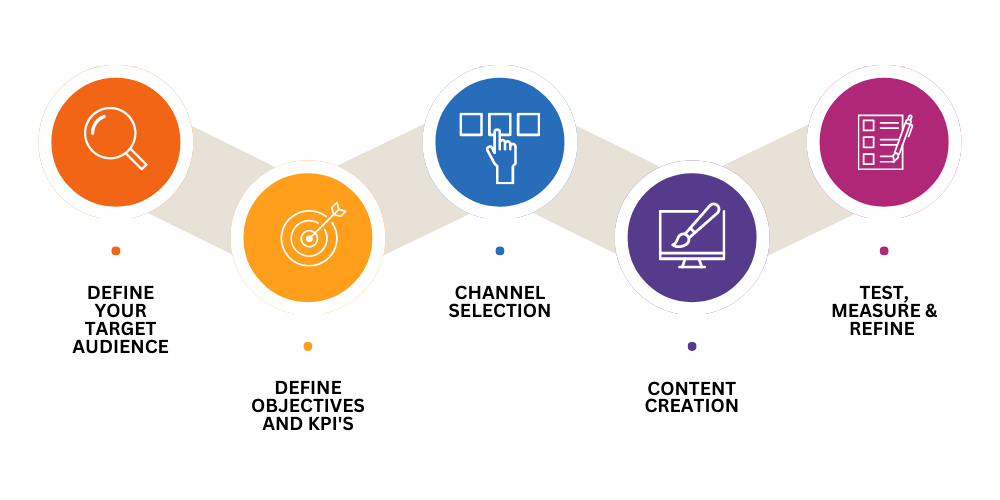The internet has completely transformed the way we buy and sell products. It’s also changed the way companies advertise. With today’s digital tools, businesses can run marketing campaigns and track their results in real-time. This has given rise to performance marketing, where companies pay only for the results they get, like clicks or conversions.
Let’s break down what performance marketing is, how it works, and how you can start using it effectively for your business.
What is Performance Marketing?
Performance marketing refers to online marketing where advertisers only pay when a specific action is completed, like when someone clicks on an ad or makes a purchase.
Unlike traditional marketing, where businesses pay upfront regardless of the outcome, performance marketing puts advertisers in control. They choose the action that matters to them, and only pay when that action happens—whether it’s a lead, sale, or website visit.
How Is Performance Marketing Different?

In traditional advertising (like billboards or TV), companies pay for ad space whether or not anyone responds. But with performance marketing, you only pay once the desired outcome—like a click or a sale—is achieved. This makes it a cost-effective way to market products and services, especially for small businesses with limited budgets.
Key Types of Performance Marketing
Performance marketing includes different methods. Here’s a quick look at the most common types:
Search Engine Marketing (SEM): Ads appear on search engine results pages (like Google). These ads target people searching for relevant terms and are great for capturing high-intent users.
Affiliate Marketing: Here, affiliates (partners) promote a product or service on behalf of a business and earn a commission based on the actions (clicks or sales) generated from their promotion.
Native Advertising: These are ads that blend in with the content of the website they’re shown on. Because they don’t feel like traditional ads, native ads are less intrusive and more engaging.
Programmatic Advertising: This is the automated buying of ad space using advanced software and targeting tools, making it easier to reach the right audience at the right time.
Key Metrics in Performance Marketing
In performance marketing, every action can be measured, helping you understand how well your campaigns are performing. Here are the most important metrics to track:
CPM (Cost per Thousand Impressions): The cost you pay for every 1,000 times your ad is shown.
CPC (Cost per Click): The price paid each time someone clicks on your ad.
CPA (Cost per Action): The cost associated with a specific action, such as a sign-up or purchase.
LTV (Lifetime Value): The estimated total value a customer will bring over their entire relationship with your business.
How to Create a Performance Marketing Strategy
If you’re new to performance marketing, follow these steps to create your strategy:
– Set Your Campaign Goals
Before you start, decide what you want to achieve. Are you looking to build brand awareness, increase website traffic, generate leads, or drive sales? Your goals will help guide the direction of your campaign.
– Choose Your Channels
Don’t rely on just one platform. Explore different channels like Google Ads, social media, affiliate programs, and native advertising. Spreading your campaigns across various platforms will increase your chances of success.
– Create Your Campaign
Focus on your audience—who they are, what they need, and how your product can help them. Craft ads that speak directly to their pain points and interests. Make sure your messaging is clear, your design is appealing, and you follow the technical guidelines of the platform you’re using.
– Track and Optimize
Once your campaign is live, monitor its performance closely. See which ads are performing well and adjust your budget to focus on the ones bringing the best results. Optimization is key in performance marketing—keep tweaking your ads to get the most out of them.
Potential Challenges in Performance Marketing

Like any strategy, performance marketing comes with challenges. Be mindful of:
– Ad fraud (bots clicking on your ads)
– Privacy concerns (following regulations like GDPR)
– Brand safety (making sure your ads appear in suitable contexts)
By working with trusted platforms and using high-quality networks, you can avoid most of these issues.
Why Performance Marketing Matters
The biggest advantage of performance marketing is that it’s results-driven. You only pay for what works, which reduces risk and allows you to track your return on investment (ROI) closely. Here are the top benefits:
– Full control over budget and ROI
You pay for measurable outcomes, so every dollar spent is tied to a specific result.
– Better targeting and optimization
Track your campaigns in real-time and make adjustments to improve results on the go.
– Lower risk
Since you only pay when actions are completed, the risk of wasting your budget is minimized.
Performance marketing allows you to get the most out of your advertising budget by focusing on actions that matter—whether it’s a sale, lead, or click. It’s data-driven, measurable, and gives you full control over your campaigns. With the right approach and strategy, it can help your business grow faster and smarter.
By understanding the key elements and following the right steps, you can set up successful performance marketing campaigns that deliver results efficiently.
Performance marketing agencies like Balistro can help you reach your target audience and grow the business.



